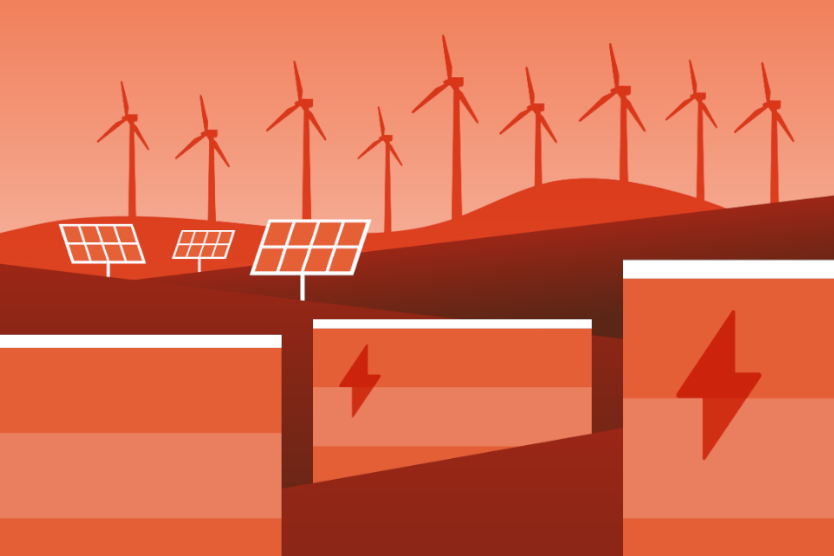
Munich’s utilities provider Stadtwerke München came together with scientists to launch “SuperLink".
High temperature superconducting cables (HTSL) form a vital link in Germany’s energy turnaround strategy, as they enable the transportation of electricity underground without significant energy losses and reduce the need for grid expansion.
In November, a consortium of partners from science and industry and led by Munich’s utilities provider Stadtwerke München came together to launch “SuperLink". The project is funded by Germany’s Ministry for Economic affairs and Energy as part of its 40 million-euro commitment to HTSL research over a ten year period.
SuperLink will see HTSL technology and applications being integrated into Munich’s high-voltage distribution grid. In dense urban environments, the compact design of HTSL enables a greater amount of electricity to be transmitted while reducing the cost of expensive underground earthworks, which would otherwise be needed to increase grid capacity.
In HTSL technology, the special conducting cables are cooled with liquid nitrogen, which means power is not lost during transmission due to electrical resistance. Furthermore, HTSL has the potential to be used in high-current applications in the industrial sector such as chlorine electrolysis, and in wind plants, where it could improve the performance of large turbines by making generators lighter.
"With our energy research programme, we want to further develop technologies that can contribute to the energy and cost-efficient transformation of our energy system. HTSL is one of these technologies,” said state secretary Andreas Feicht at the launch. “Step by step, competitive manufacturing processes were first established, and then energy-efficient applications were developed in industry and in the distribution grid. Now the SuperLink project will take the next step into the high-voltage grid.”


